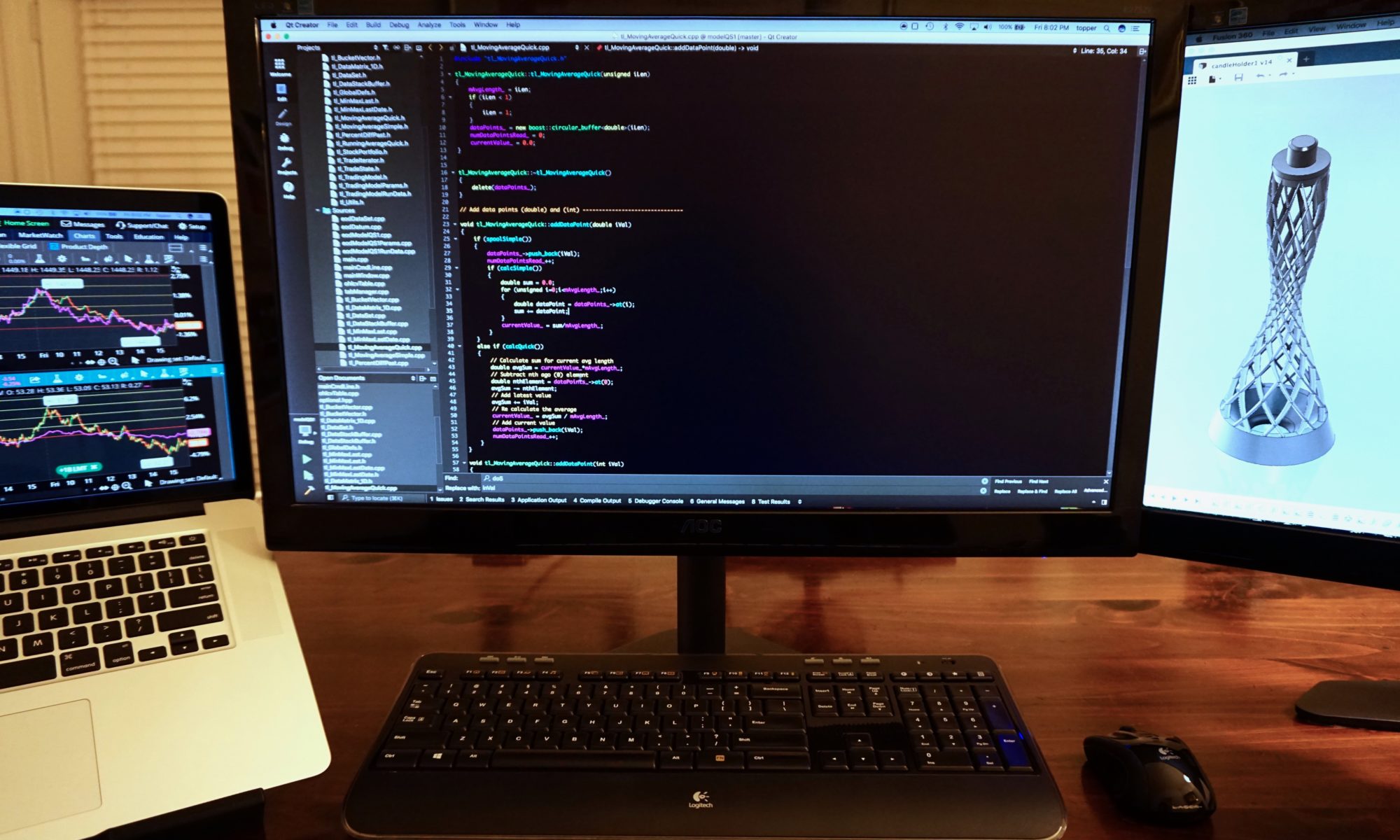Disclaimer
Before reading this tutorial you, the reader, agree to the following. This tutorial and the code it contains are designed to be informational and educational tools only. They do not constitute investment advice. The author, Dave Topper, strongly recommends that you seek the advice of a financial services professional before making any type of investment. This model is provided as a rough approximation of future financial performance. The results presented are hypothetical and will likely not reflect the actual growth of your own investments. The author, Dave Topper, is not responsible for any human or mechanical errors or omissions. The author, Dave Topper, is not responsible for the consequences of any decisions or actions taken in reliance upon or as a direct or indirect result of the information provided by these tools.
Launch qtcreator and select File -> New File or Project.
Select Qt Widgets Application. We will be building a command line application in this tutorial. But you may want to continue and include any number GUI and graphic abilities. I also find having both GUI and command line options in the same application very handy for testing.
Name your project. In this tutorial I will use the project name algoTradingModel.
Select the directory to save your project.
Note, by default qtcreator will create a directory with the same name as your project in the directory you specified above. All your code and resources will go in that directory for this project
Select the qmake build system (if prompted), unless you have a compelling reason to do otherwise.
Select your kit, if you have more than one installed. Be sure you select a desktop (vs. mobile device) kit.
Give your main window class a name. I suggest the following naming convention which I will be using throughout this tutorial. I prefer camel case for a variety of reasons.

This is the class that will contain your top-level GUI window. We won’t be using it right now. But keeping the same naming convention I use throughout this tutorial will simply make your life easier.
Select Finish.
We’re not adding this as a sub project to another project and you don’t need to set up any version control right now. That being said, if you haven’t already I would highly recommend familiarizing yourself with some type of version control system. I use git for all my projects even when I’m just trying things out.
Next we will tell Qt how to find the boost libraries and headers.
